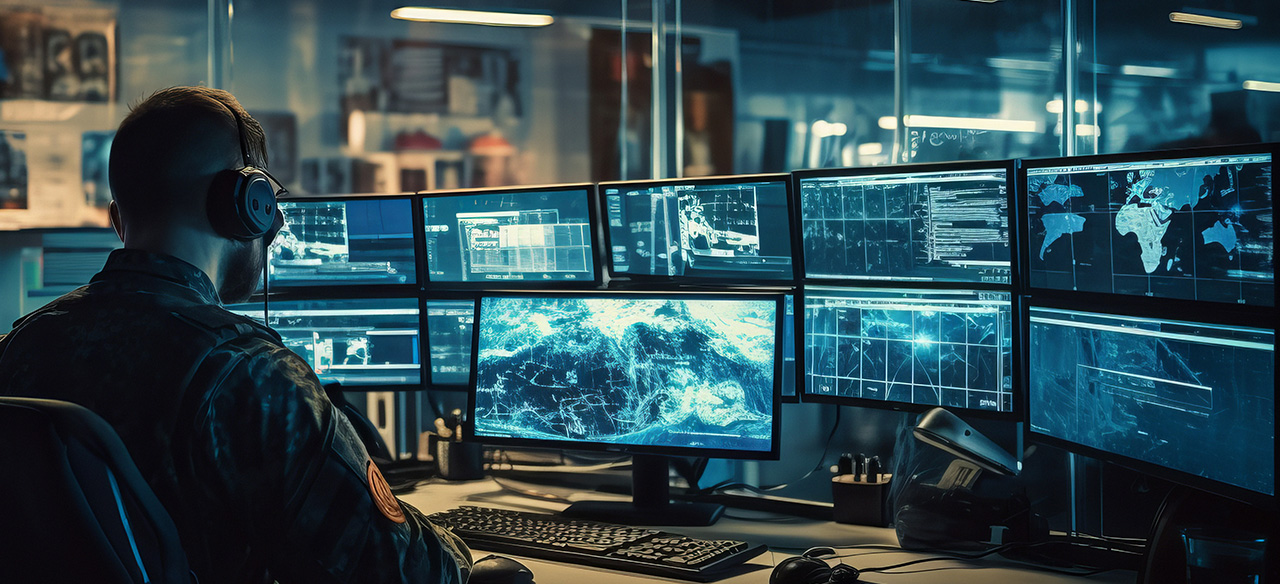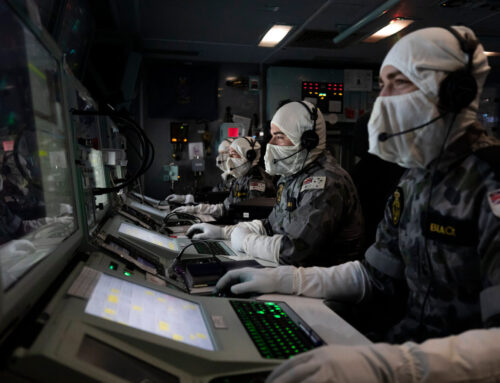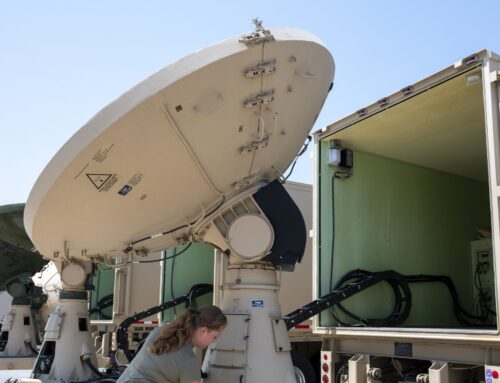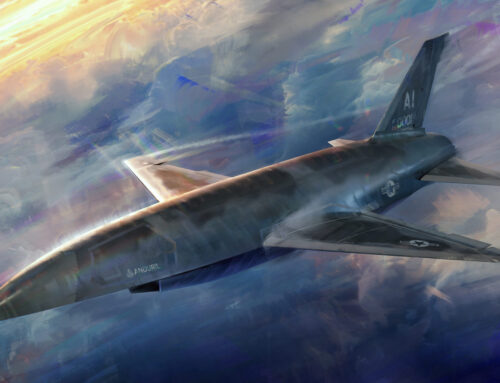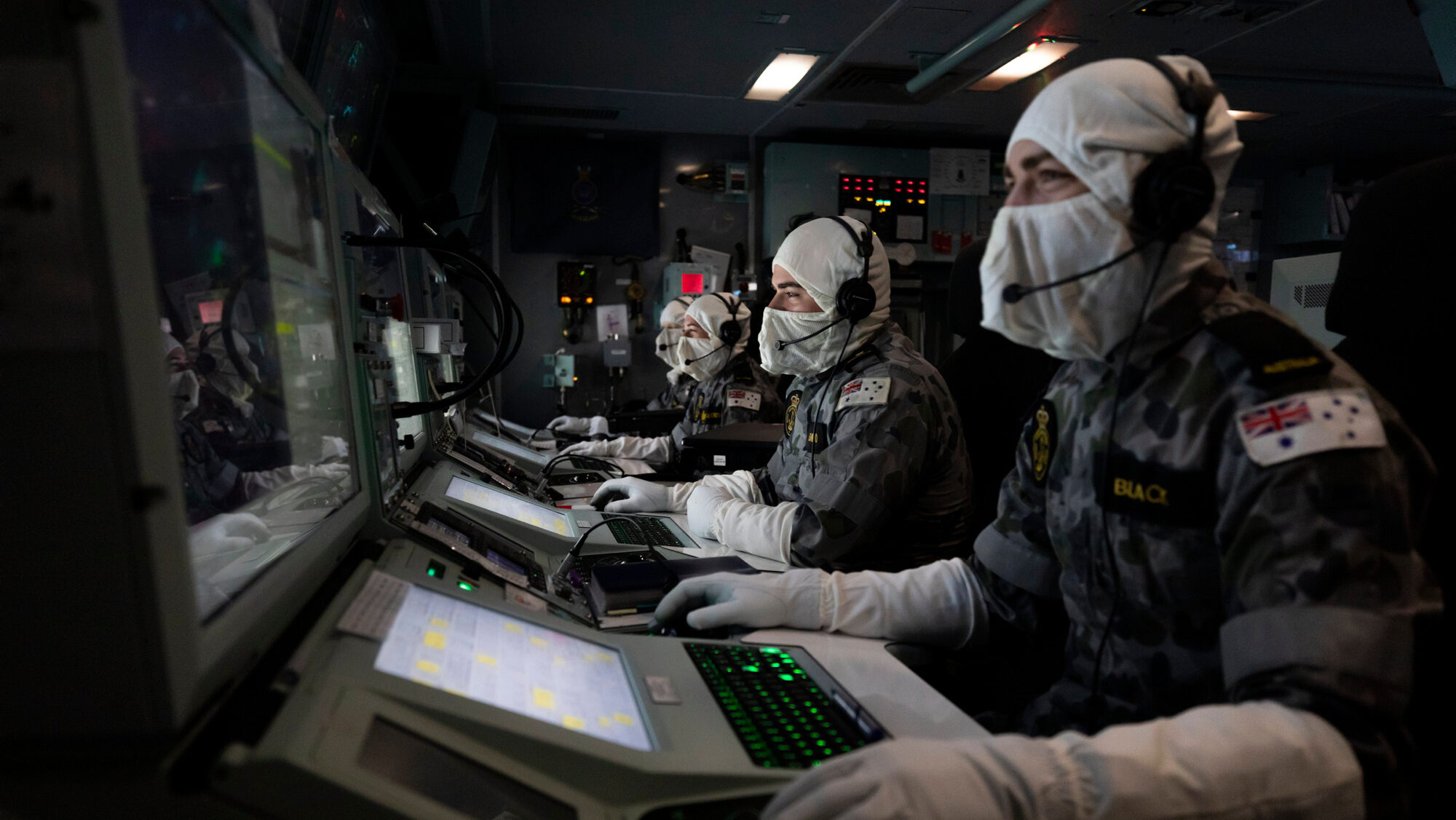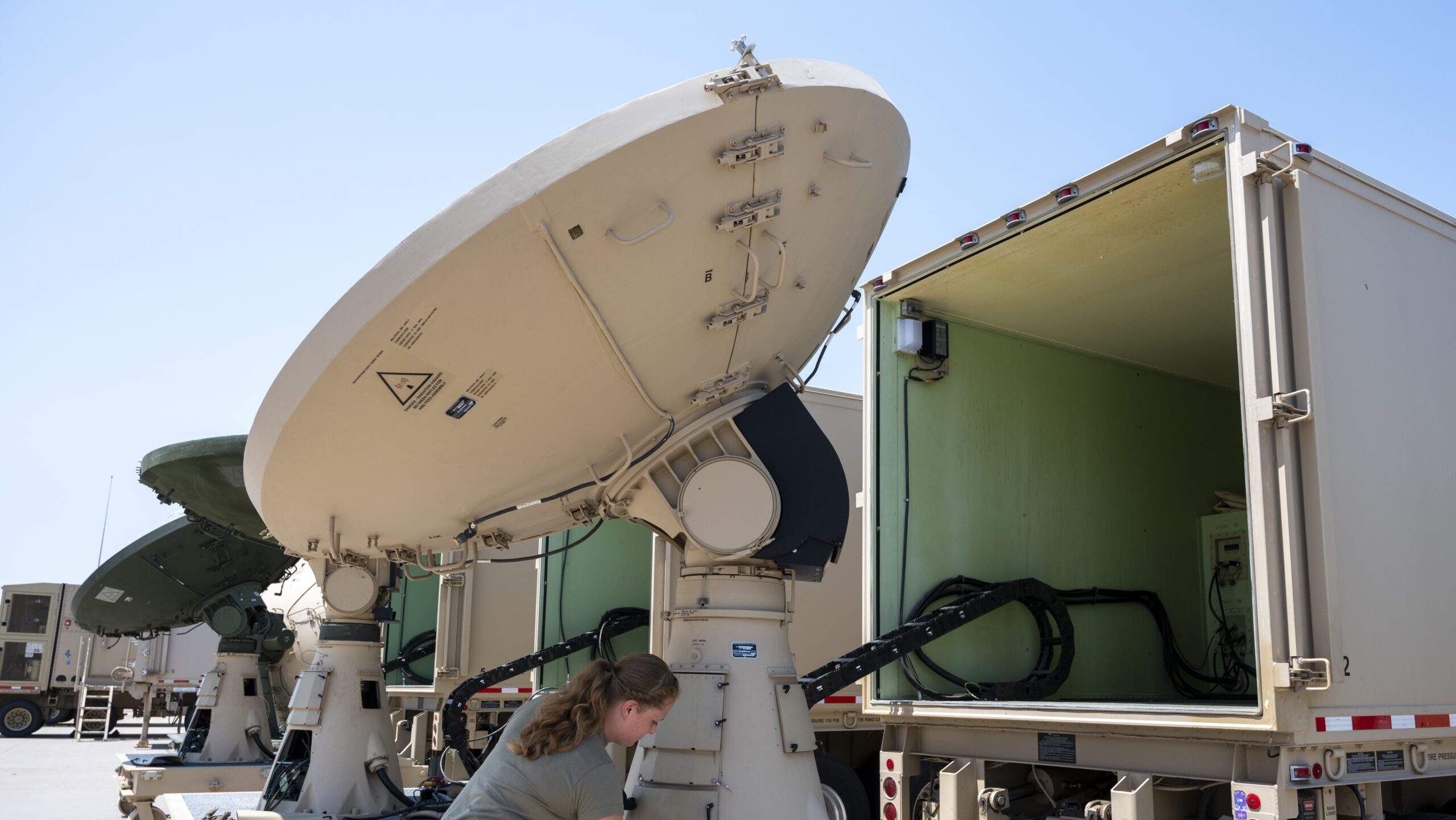For the U.S. security community, space these days looks less like a vast, empty frontier, and more like the Los Angeles freeway system at rush hour. According to the National Aeronautics and Space Administration (NASA), about 30,000 objects larger than a softball are currently orbiting Earth, presenting the U.S. military with a massive challenge: How to maintain an advantage in space and safeguard our assets in an increasingly complex, chaotic domain.
In fact, the U.S. Space Command has called space domain awareness (SDA) — or the ability to detect, track and identify objects in orbit and predict potential threats — a top priority in upholding its mission to deter conflict and defend U.S. interests. L3Harris is serving as a vital partner in the effort, working to ensure the agency can effectively manage and analyze the vast amounts of data necessary for SDA.
L3Harris is the sole vendor contracted on the development and long-term sustainment of the U.S. Space Force, Space Systems Command’s (SSC) Consolidated Operational Data Archive (CODA), a software system that can ingest and translate tens of thousands of data points from commercial and nontraditional sources and compare them against existing information in the Space Force’s Unified Data Library (UDL).
L3Harris is responsible for the future development and long-term sustainment of Space Systems Command’s Consolidated Operational Data Archive, an automated system that provides U.S. Space Force operators with access to commercial and non-traditional data sources, expanding the amount of data that can be transformed into actionable information.
CODA’s automation capabilities save hundreds of hours of manual labor and cut data processing times from hours to just 3-5 minutes, dramatically improving space operators’ ability to make informed decisions and respond to potential threats in near real-time. CODA was recently approved for an upcoming operational trial period, during which a Space Force operations unit will evaluate the system’s ability to integrate data streams from a commercial provider and the Air Force Research Laboratory’s Wide-Area Search telescope system into a standardized workflow.
“Traditional systems were not designed to handle the volume of data generated by satellites, debris, and other objects, introducing the potential for gaps in space domain awareness,” says Charles Clarkson, Vice President and General Manager, Space Superiority and Imaging, L3Harris. “With CODA, we’re applying more than 30 years of space domain awareness expertise to give warfighters an advanced tool to detect, track and respond to potential threats faster and more effectively.”
A critical contributor to CODA’s success, Clarkson notes, is its integration with commercial technologies to standardize and automate data processing and sharing across systems. For example, it can ingest JavaScript Object Notation (JSON) data schemas from the UDL, translate them into one of several primary data formats, and deliver them to the Non-Traditional Data Pre-Processor (NDPP) for operational use – all in a fraction of the time it used to take.
“Enabling these systems to ‘talk’ to one another and work seamlessly together is a huge win for the warfighter,” Clarkson says. “As operators get more familiar with the system, we’ll develop additional tools to support an even broader range of data, ultimately making space operations even more efficient and secure.”
Futureproofing our space domain awareness architecture
CODA is part of broader efforts to modernize, operate, and sustain the Space Force’s ground-based SDA sensors. In 2020, the service awarded L3Harris a contract for the Maintenance of Space Situational Awareness Integrated Capabilities (MOSSAIC) program, which built on previous 2020 efforts to maintain and upgrade radar and optical sensors, including the command and control systems that provide timely and accurate SDA data for military, civil, and commercial users. Subsequent option year awards have enabled L3Harris to perform maintenance and upgrades to space domain ground systems, supporting the execution of mission tasks associated with emerging threats.
As for what’s next, L3Harris is already looking around the bend. “As we expand CODA’s capabilities, we’re focused on how we can help warfighters not just respond to current challenges, but anticipate tomorrow’s,” Clarkson says. “As the Trusted Disruptor, we’ll continue to push the boundaries of what’s possible in ensuring our nation’s space operations remain resilient, secure, and future-ready in an ever-evolving domain.”


